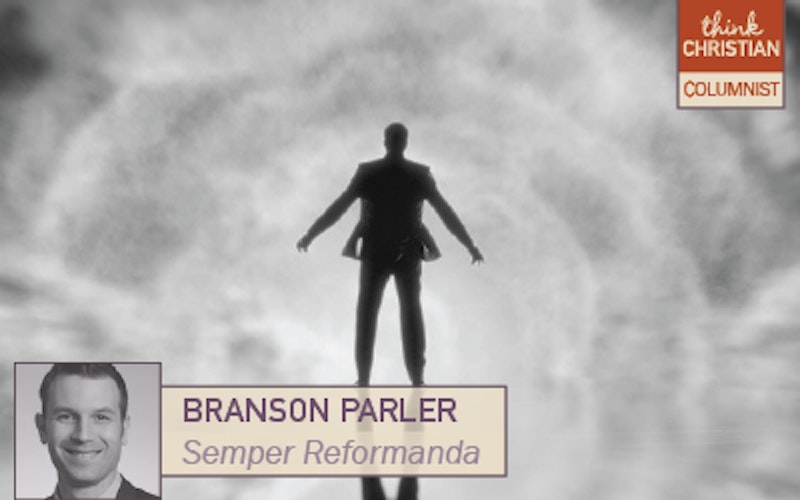
TV
How the Cosmos reboot allows for religion
The original Cosmostelevision series is widely regarded as one of the most significant science events in TV history. Sunday night’s reboot attempted to live up to the hype. With the familiar face of Neil deGrasse Tyson at the helm, 10 networks simultaneously airing the show and President Barack Obama kicking the series off, the premiere episode got underway with great anticipation. The first show struck some promising notes, but it also left something to be desired.
Let me begin with disappointment. The middle section of the show was devoted to the story of Giordano Bruno, an Italian monk. Cosmos depicted Bruno as a martyr for science, someone who supported the idea that the sun was but one among many stars and the earth but one of many planets. This was misleading on two counts. First, Bruno was killed primarily because of his heretical views on God (which the show did mention), not his scientific views. Second, as Cosmos noted, Bruno’s ideas were a lucky guess; he had absolutely no scientific evidence for any of his claims. This was noted almost as an aside, probably because it’s hard to make Bruno a hero for science if this is really true. Whatever it was, Bruno versus the Roman Catholic Church was not a case of science versus religion. As Richard Rubenstein has noted, the standard modern narrative about science versus religion in the 12th to 16th centuries is simplistic and wrong, so it was disappointing (but not unexpected) to find it enshrined in the opening episode of this series.
Despite this, the first episode gave an intriguing visual explanation of our particular place in space and time. The opening portion of the show was devoted to explaining our cosmic address. This segment was fascinating and visually captivating, as viewers moved first through the solar system, then the Milky Way, the Local Group, the Virgo Supercluster and, ultimately, the universe. This progression underscored that the universe is insanely, almost unbelievably, huge and that we are staggeringly small on the scale of things.
DeGrasse Tyson went so far as to talk about the “chance nature of existence,” which was interesting, given that “chance” is not a scientific term.
The sequence regarding our place in time also underscored the extreme contingency of our existence. In the enormous cosmos, our existence depends on a “game of inches” played in the distant past by dancing asteroids. If innumerable factors hadn’t happened in a very precise sequence, there would be no earth and no life as we know it. In fact, deGrasse Tyson went so far as to talk about the “chance nature of existence,” which was interesting, given that “chance” is not a scientific term. Rather, as Loren Haarsma points out, it is a statement about “our lack of knowledge about causation.” Our extreme contingency does not rule out God’s existence or God as ultimate cause of all things.
I imagine that viewers of Cosmos break down into two basic groups of people: those who see the minute movements of ancient asteroids as simple dumb luck and those who see signs and orchestration in the celestial dance. My guess is that neither group will alter their view because of the show, and that both will benefit from watching it.
Finally, the show underscored that science is not simply about “the facts.” Science is about imagination and having a vision for things unseen and unproven. It has a tradition and communion of saints, so to speak, and it moves forward through storytelling and personal interaction. The episode concluded with deGrasse Tyson’s moving personal testimony about Carl Sagan’s hospitality and influence on his own life, which was a good reminder that what really moves us as human beings is not mere matter and gravity, but the ineluctable pull of goodness, truth and beauty. The more the producers of Cosmos recognize this, the broader their audience will be.
Topics: TV, Culture At Large, Science & Technology, Cosmology, Arts & Leisure